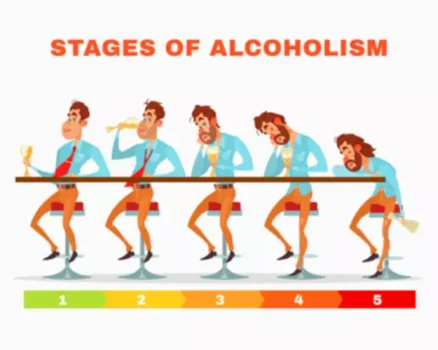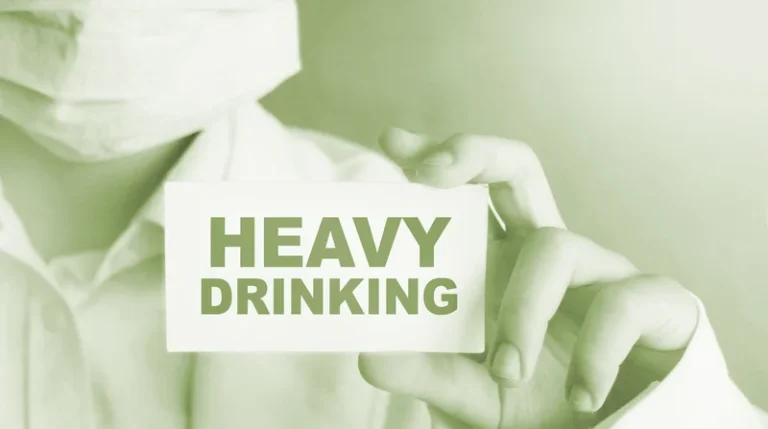Benzodiazepine Withdrawal: Timeline of Symptoms
Protracted Withdrawal Syndrome PWS Benzodiazepine Information Coalition
July 13, 2023Build an AI Chatbot in Python using Cohere API
December 14, 2023Benzodiazepine Withdrawal: Timeline of Symptoms

If you receive Ativan solution for injection, you may also need to pay for a healthcare professional to administer this form. Discover if drug addiction is a disease and explore different treatment options in this guide from The Recovery Team. A 2018 analysis also revealed that drug misuse accounts for about 17% of benzodiazepine use among adults in the United States. These symptoms may be troubling or affect a person’s quality of life. Some symptoms may appear without warning and can be a significant source of distress.
- First, the frequency (10 of 11 patients) of new symptoms or signs soon after withdrawal.
- The dose must be reviewed on daily basis and adjusted based upon how well the symptoms are controlled and the presence of side effects.
- After a month or so, your brain gets used to sending off more neurotransmitters just so some can get past the benzodiazepine blockade.
- A slow taper would involve reducing your dose by 1 mg (5%) every 4 weeks.
Cost of Ativan

Generally, benzodiazepine withdrawal symptoms fluctuate; the intensity of the symptoms does not decrease in a steady fashion as is the case with most other drug withdrawal syndromes. It is not recommended to increase the dose when symptoms worsen; instead, persist with the current dose until symptoms abate, then continue with the dose reduction schedule. While they can quickly relieve symptoms of anxiety and panic, these drugs pose a high risk of dependence. In other words, your body may rely on benzodiazepines to function if you take them frequently and for more than a short period of time. When you stop taking them, you may experience symptoms of withdrawal.
Medication-Assisted Treatment (MAT)
These can include heightened anxiety, restlessness, trouble sleeping, and irritability. Benzodiazepines are a class of psychoactive drugs commonly prescribed for medical conditions such as anxiety, insomnia, and seizure disorders. Examples include medications like diazepam (Valium), lorazepam (Ativan), and alprazolam (Xanax). If the person’s original symptoms return once they stop taking prescription benzodiazepines, doctors may also prescribe a different class of medications, or other drugs or therapies, to help manage them during withdrawal.

Mild side effects

The medication Romazicon (flumazenil) is sometimes used off-label for withdrawal symptoms. According to the American Psychiatric Association (APA), withdrawal symptoms from short-acting benzodiazepines peak on the second day and improve by the fourth or fifth. When you are physically dependent on a drug, it means your body can’t operate normally without it. If you stop or reduce your dose suddenly, you will experience withdrawal symptoms. This drug has boxed warnings about risks of misuse and abuse, dependence and withdrawal, and severe or life threatening side effects if used together with opioids.

After withdrawal is completed, the patient should be engaged in psychosocial interventions such as described in Section 5. Provide symptomatic treatment (see Table 3) and supportive care as required. If agitation persists and the patient cannot be adequately sedated with oral diazepam, transfer the patient to a hospital setting for psychiatric care.
Do you know anyone interested in serving on a public health board?
Monitor the patient regularly during this time for excessive sedation. This dose of diazepam (up to a maximum of 40mg) is then given to the patient daily in three divided doses. Even if the patient’s equivalent severe benzodiazepine withdrawal syndrome diazepam dose exceeds 40mg, do not give greater than 40mg diazepam daily during this stabilisation phase. Do not try to engage the patient in counselling or other psychological therapy at this stage.
Although these drugs vary in their effects, they have similar withdrawal syndromes. Allow the patient to stabilise on this dose of diazepam for 4-7 days. Then, for patients taking less than the equivalent of 40mg of diazepam, follow the low-dose benzodiazepine reducing schedule (Table 9). For patients taking the equivalent of 40mg or more of diazepam, follow the high-dose benzodiazepine reducing schedule (Table 10). To avoid the risk of overdose in the first days of treatment methadone can be given in divided doses, for example, give 30mg in two doses of 15mg morning and evening. Patients should be monitored regularly (3-4 times daily) for symptoms and complications.
- Patients who have been using large amounts of cannabis may experience psychiatric disturbances such as psychosis; if necessary, refer patients for psychiatric care.
- Benzodiazepine withdrawal can be dangerous when not handled properly.
- The withdrawal from benzodiazepines happens in stages, each with its own set of symptoms and duration.
The off-label use of Ativan for alcohol withdrawal may cause side effects that are mild or serious. Off-label drug use is when a medication the Food and Drug Administration (FDA) has approved is prescribed for a purpose other than what it’s approved for. Central nervous system (CNS) stimulants like cocaine and amphetamine can also produce withdrawal symptoms. Like opioids, the withdrawal symptoms are mild and not life-threatening. Often the individual will develop marked depression, excessive sleep, hunger, dysphoria, and severe psychomotor retardation but all vital functions are well preserved.
Who Ativan is prescribed for
Symptomatic treatment (see Table 3) and supportive care are usually sufficient for management of mild opioid withdrawal. The best way to quit benzodiazepines is to avoid withdrawal by asking your doctor to taper down your dose. Tapering means taking progressively smaller doses over the course of a few weeks or months. Estimates suggest that 10 to 25% of people who take benzodiazepines for extended periods experience what’s known as protracted withdrawal. Longer-acting benzodiazepines like Klonopin (clonazepam) can stay in the system longer, which means it can be one to two days or even longer before withdrawal symptoms start.
